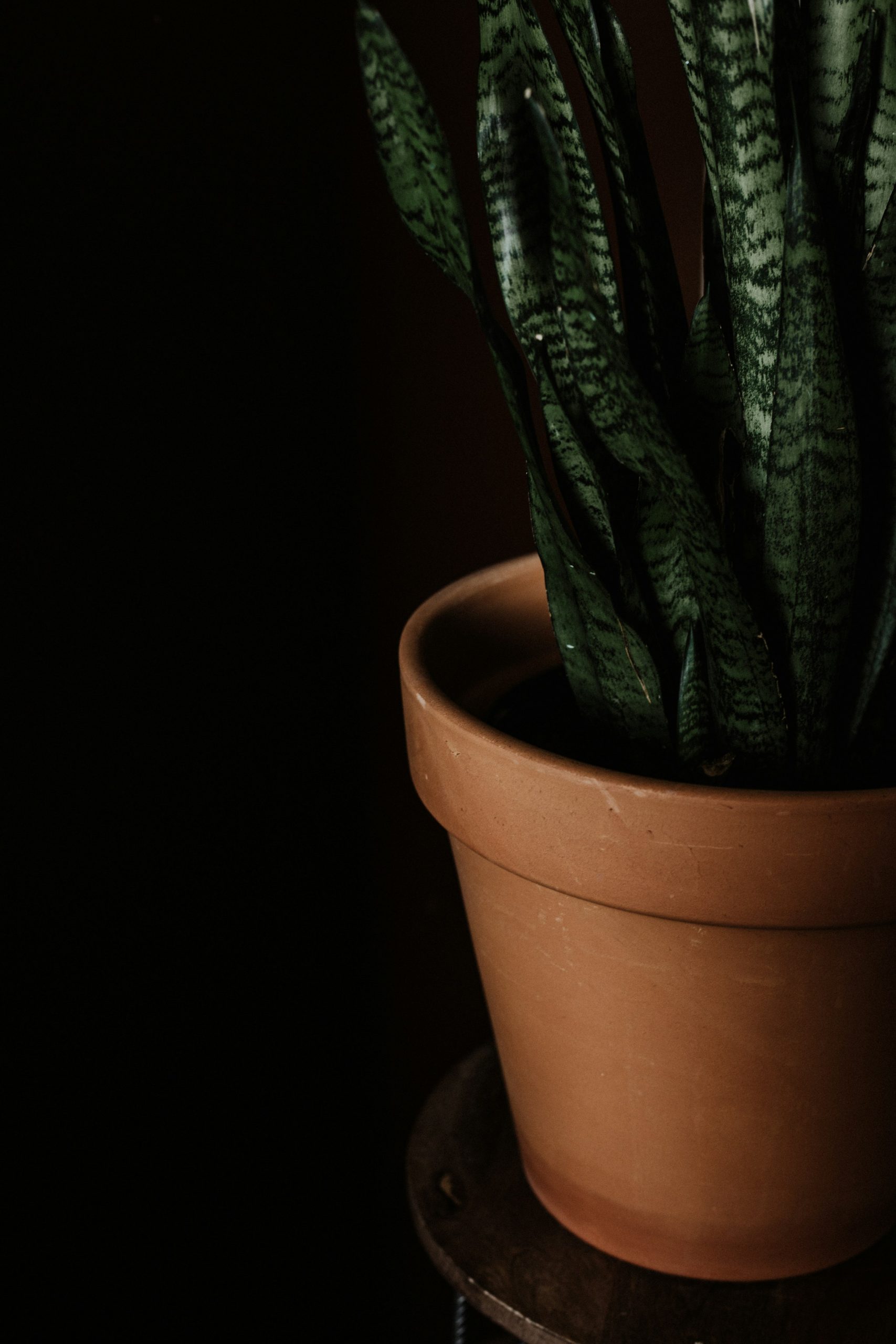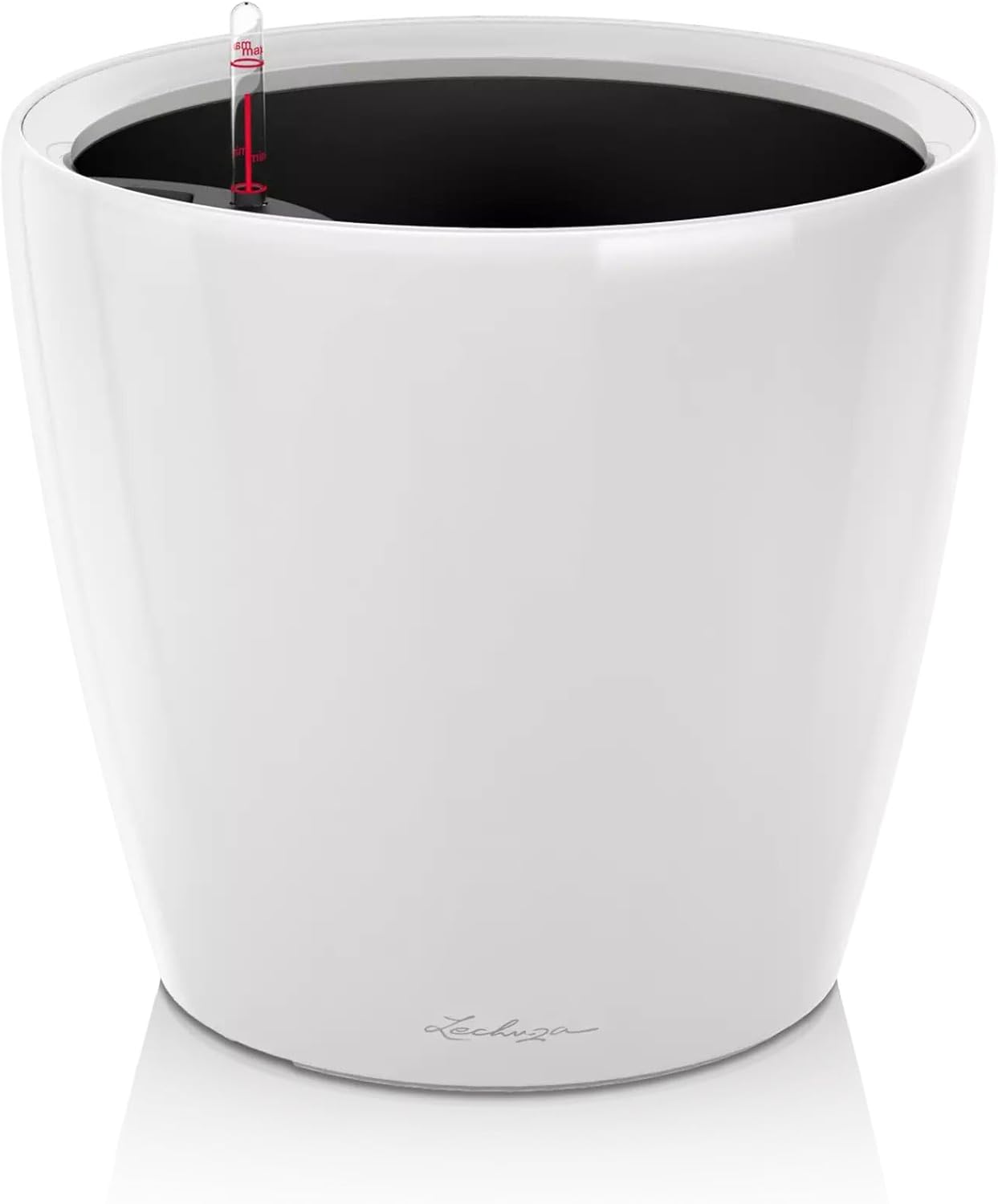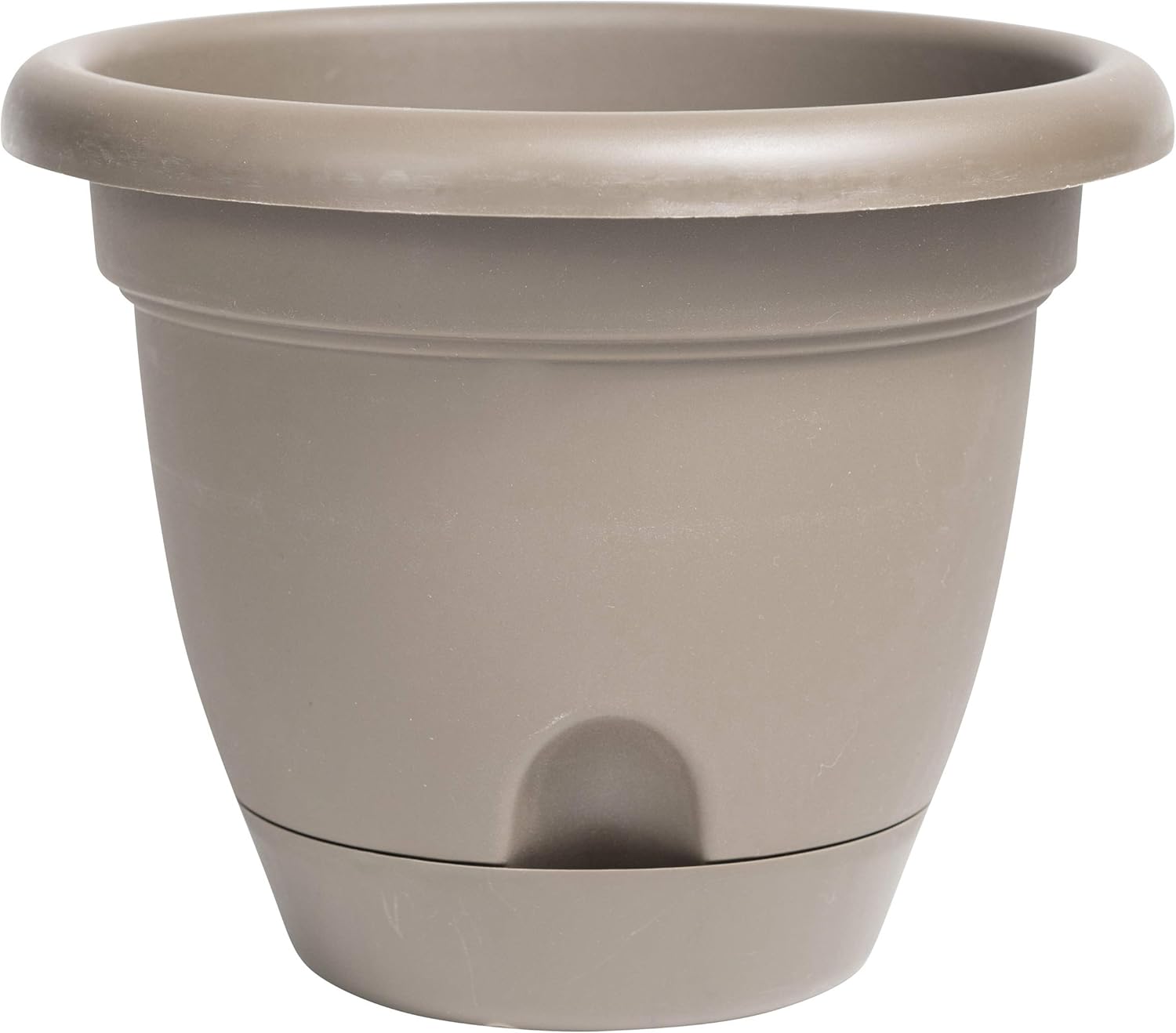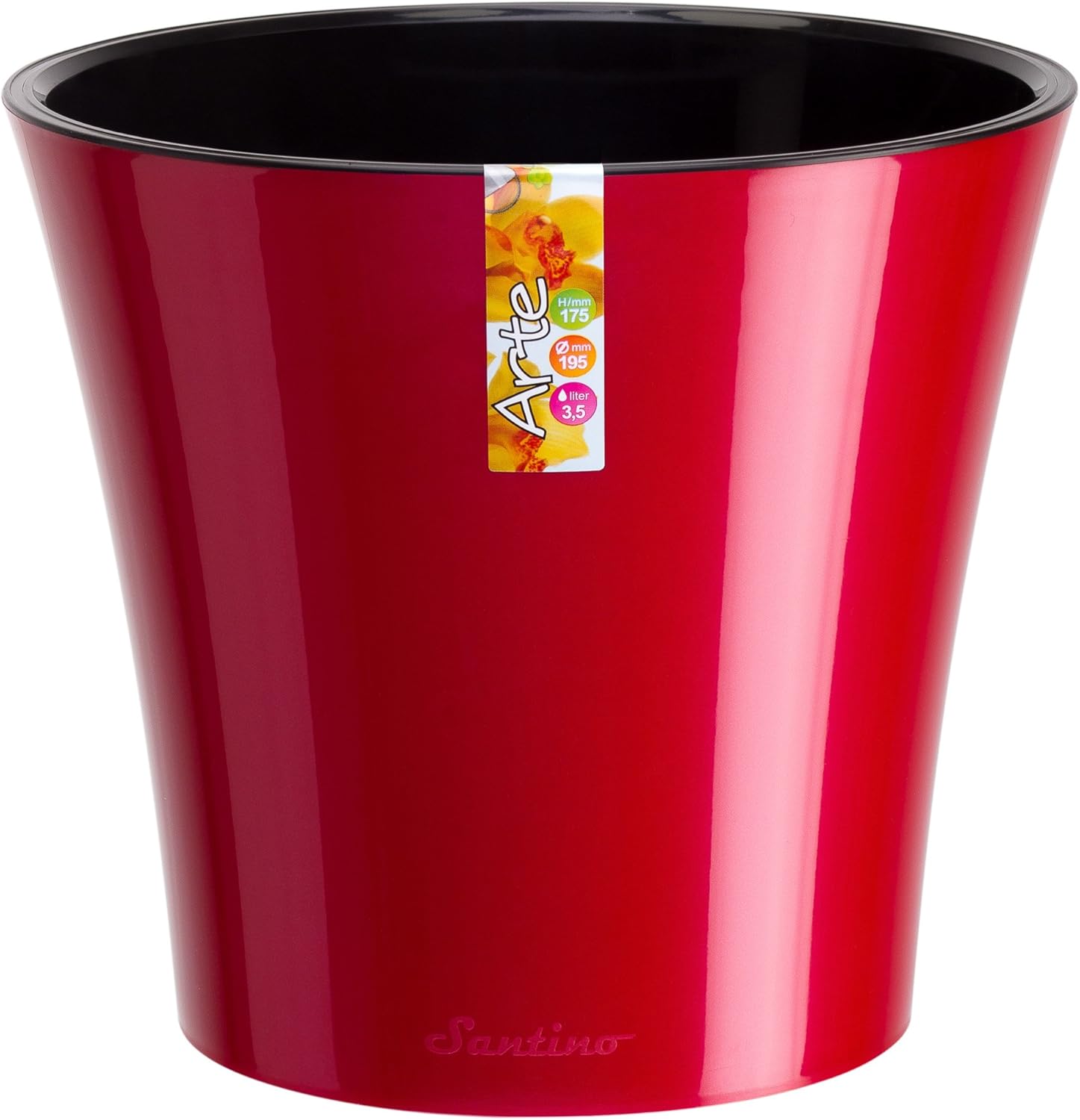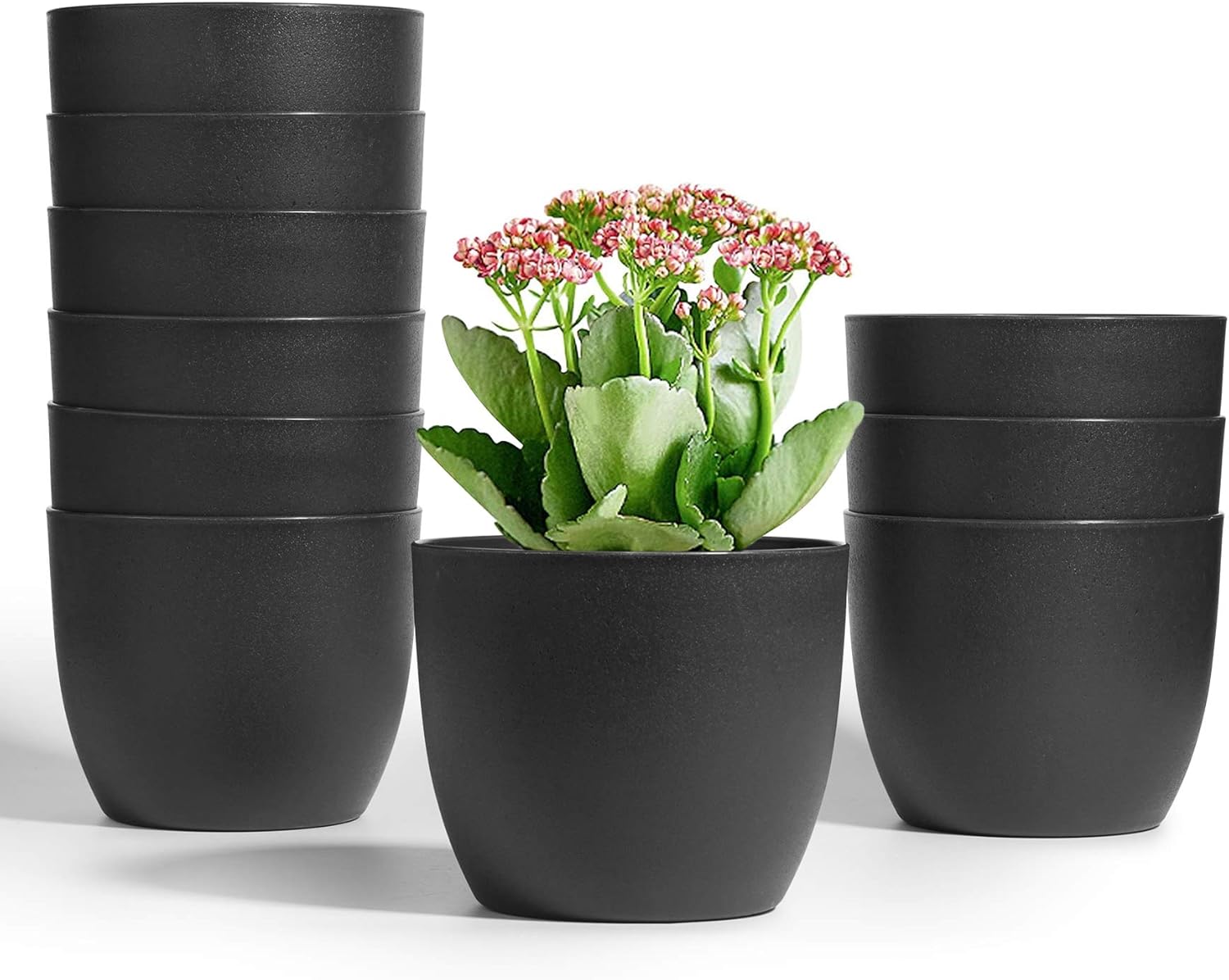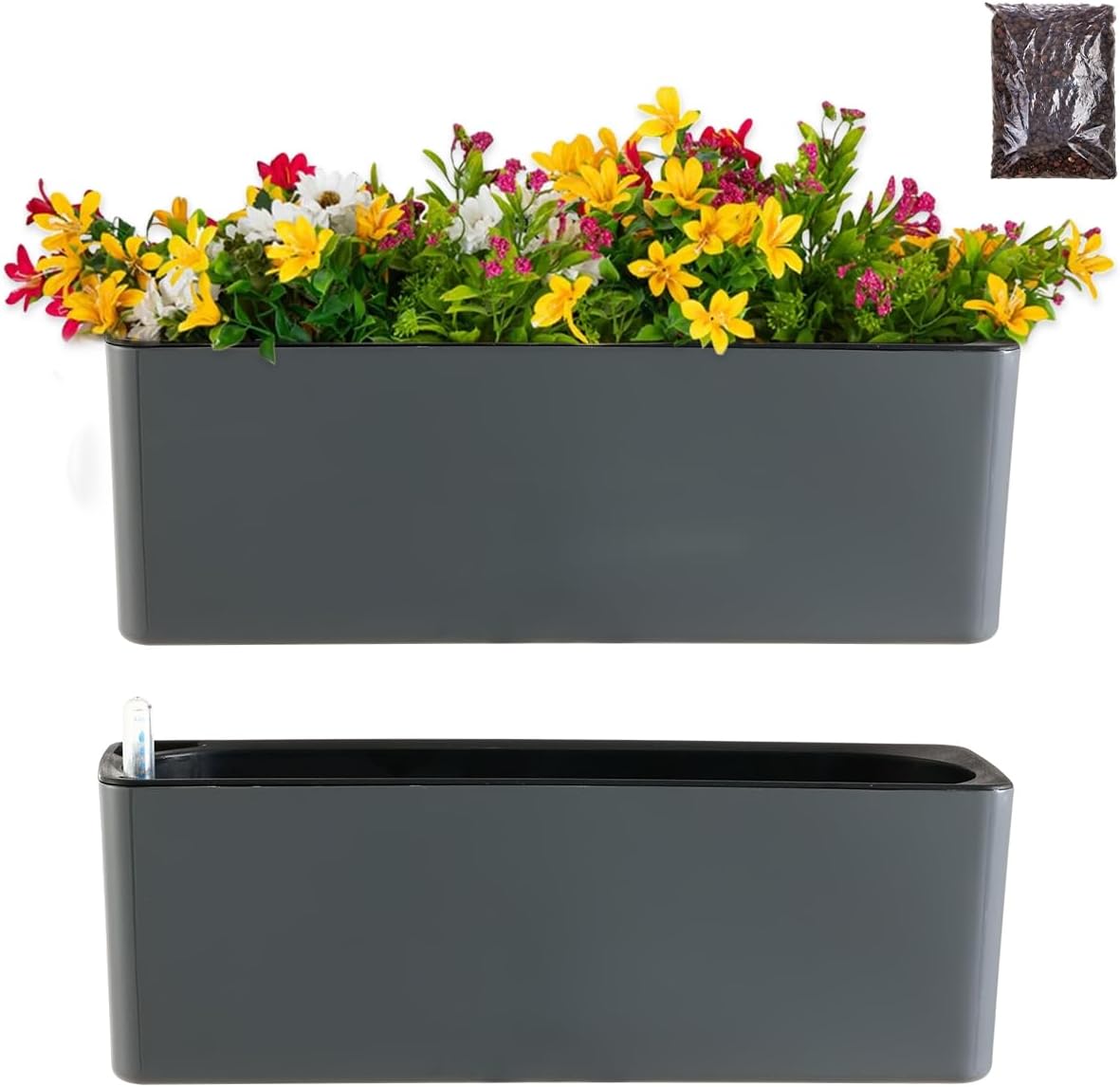1. Reservoir Size
The size of the water reservoir determines how often you’ll need to refill it. Larger reservoirs are great for busy individuals or larger plants that require more water. Smaller reservoirs are suitable for compact spaces or plants that don’t need frequent hydration.
2. Wicking Mechanism
Look for a reliable wicking system. This component ensures water is consistently drawn from the reservoir to the soil. High-quality wicks or built-in soil columns prevent clogging and ensure smooth water flow.
3. Overflow Drainage
An overflow drainage feature prevents water from accumulating at the bottom of the pot. This is crucial to avoid water stagnation, which can lead to root rot or attract pests.

